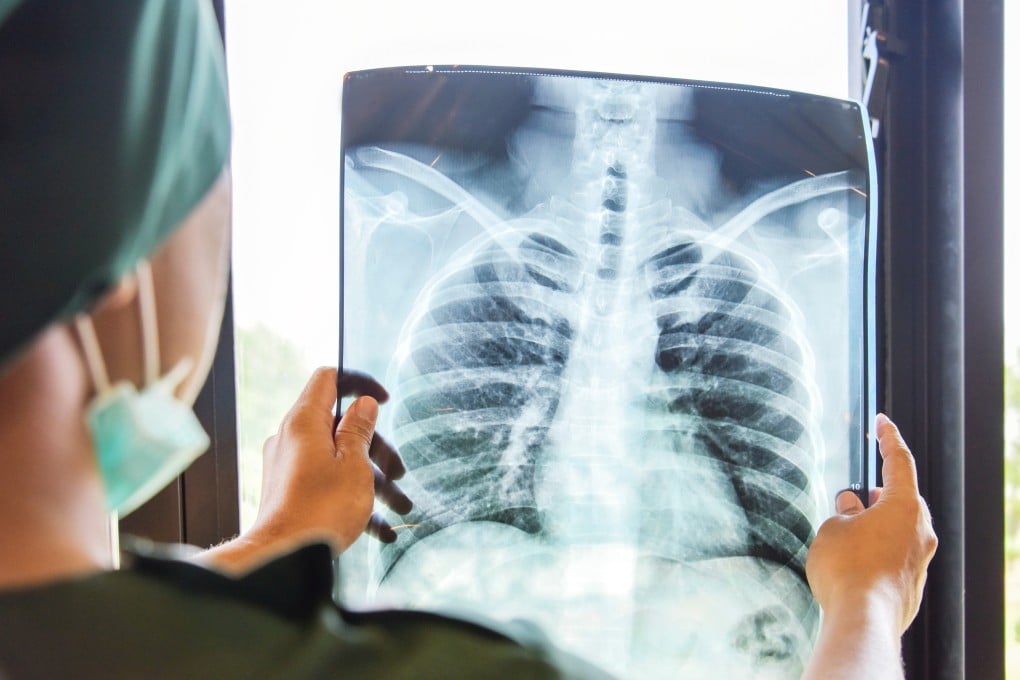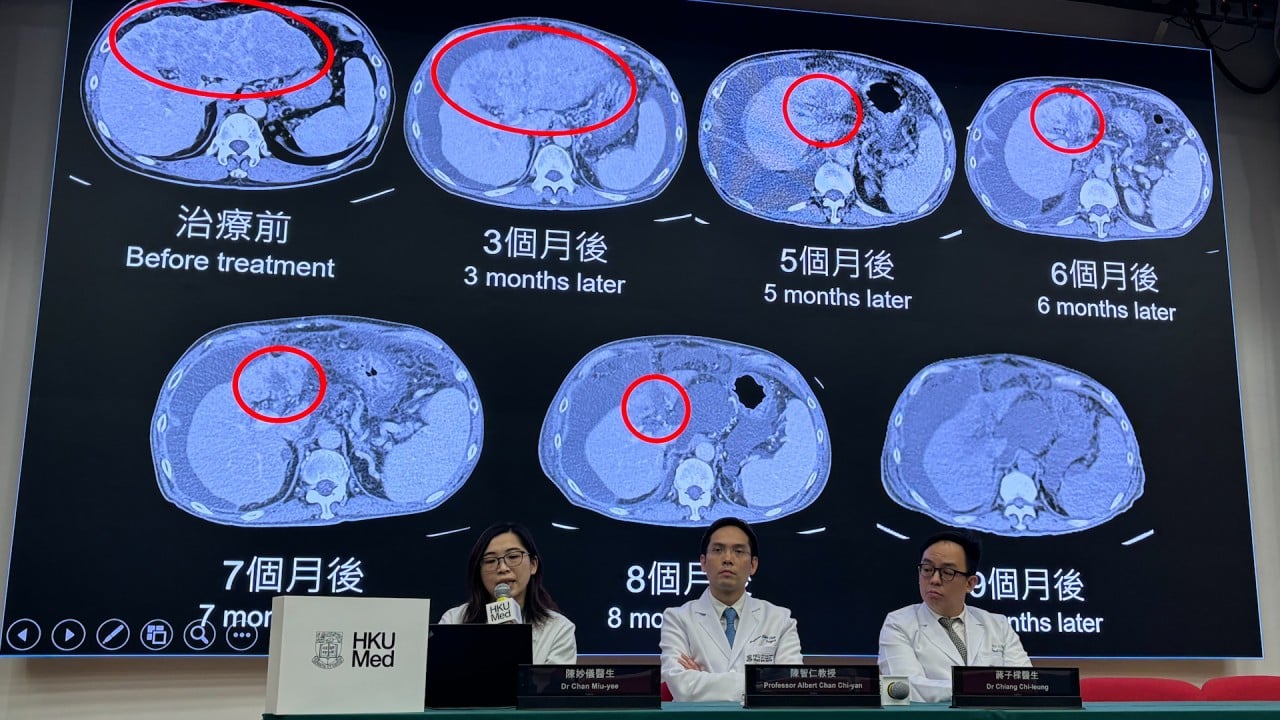Chinese team tests lung treatment that may be first to reverse damage from chronic disease affecting 700 million people
- Paper follows statement by Zuo Wei that ‘stem cell and progenitor cell-based regenerative medicine may be the biggest, if not the only, hope to cure COPD’
- During a six-minute walking test, the study group could walk around 30 metres further after treatment, deemed a ‘clinically meaningful improvement’

Chinese scientists are conducting trials on a new treatment that could become the first therapy in the world to reverse and repair the damage caused by a severe lung disease.
It is the third leading cause of death in the world, however there is no treatment to repair lung cells damaged by the condition, as current therapies only address symptoms.
“As a result, patients with COPD usually show persistent declines” in their ability to diffuse gases such as carbon monoxide in the lungs, the team wrote in a paper published in the peer-reviewed journal Science Translational Medicine on Wednesday.
But through preclinical studies in mice and monkeys, the team and other scientists have found that resident progenitor lung cells – capable of differentiating into multiple types of lung cells – had a “capacity for regeneration”.
Healthy progenitor cells are often deficient in patients with COPD, however even those with the most severe stages of the disease still have healthy cells that can be isolated and used in personalised treatments.
These cells could be used as a “Band-Aid” for the lungs which could repair tissues in the airways and even deeper into the alveoli, the paper said.
“Stem cell and progenitor cell-based regenerative medicine may be the biggest, if not the only, hope to cure COPD,” Zuo Wei, study author and a professor at the Tongji University School of Medicine, said during a presentation at the European Respiratory Society International Congress last year.
